Another Station Upgrade:
Another Station Upgrade:
Spacewalkers Jeff Williams and Kate Rubins to install new TV cameras
On Thursday, Sept. 1, U.S. astronauts Jeff Williams and Kate Rubins will conduct the station’s 195th American spacewalk. As part of their activities, the pair will install the first of several enhanced high-definition television cameras that will monitor activities outside the station, including the comings and goings of visiting cargo and crew vehicles

Working on the station’s backbone, or truss, Williams and Rubins will retract a thermal radiator that is part of the station’s cooling system.

As was the case for their first spacewalk together on Aug. 19, Williams will be designated as extravehicular crew member 1 (EV1), wearing a spacesuit with a red stripe, while Rubins will be EV2, wearing a suit with no stripes.
Watch LIVE!
Coverage of the spacewalk begins at 6:30 a.m. EDT on Thursday, Sept. 1; with the spacewalk scheduled to begin at 8:05 a.m. EDT. Stream live online HERE.
Make sure to follow us on Tumblr for your regular dose of space: http://nasa.tumblr.com
More Posts from Curiositytherover and Others

Using copper to prevent the spread of respiratory viruses
New research from the University of Southampton has found that copper can effectively help to prevent the spread of respiratory viruses, which are linked to severe acute respiratory syndrome (SARS) and Middle East respiratory syndrome (MERS).
S. L. Warnes, Z. R. Little and C. W. Keevil. Human coronavirus 229E remains infectious on common touch surface materials. mBio, November 2015 DOI: 10.1128/mBio.01697-15
This is human coronavirus 229E being inactivated on copper. Credit: University of Southampton
Solar System: From TED Talks to Data Releases
Let us lead you on a journey of our solar system. Here are some things to know this week:
1. NASA-Funded Research

It’s all just a click way with the launch of a new public access site, which reflects our ongoing commitment to provide public access to science data.
Start Exploring!
2. Red Planet Reconnaissance

One of the top places in our solar system to look for signs of past or current life is Mars. Through our robotic missions, we have been on and around Mars for 40 years. These orbiters, landers and rovers are paving the way for human exploration.
Meet the Mars robots
3. Three Moons and a Planet that Could Have Alien Life

In a presentation at TED Talks Live, our director of planetary science, Jim Green, discusses the best places to look for alien life in our solar system.
Watch the talk
4. Setting Free a Dragon

Tune in to NASA TV on Friday, Aug. 26 at 5:45 a.m. EDT for coverage of the release of the SpaceX Dragon CRS-9 cargo ship from the International Space Station.
Watch live
5. Anniversary Ring(s)

Aug. 26 marks 35 years since Voyager probe flew by Saturn, delighting scientists with rich data and images. Today, thanks to our Cassini spacecraft, we know much more about the ringed planet.
Learn more about Cassini’s mission to Saturn
Learn more about Voyager 2
Discover the full list of 10 things to know about our solar system this week HERE.
Make sure to follow us on Tumblr for your regular dose of space: http://nasa.tumblr.com
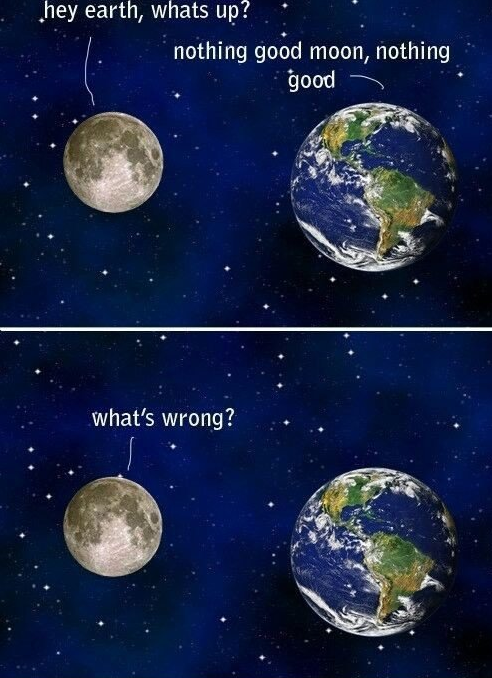
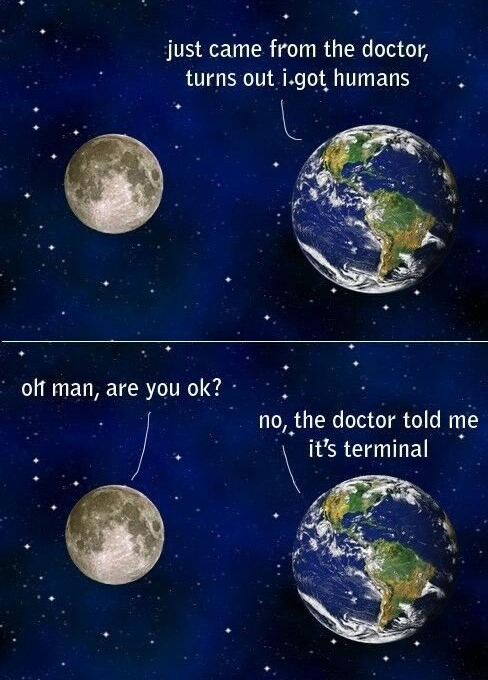
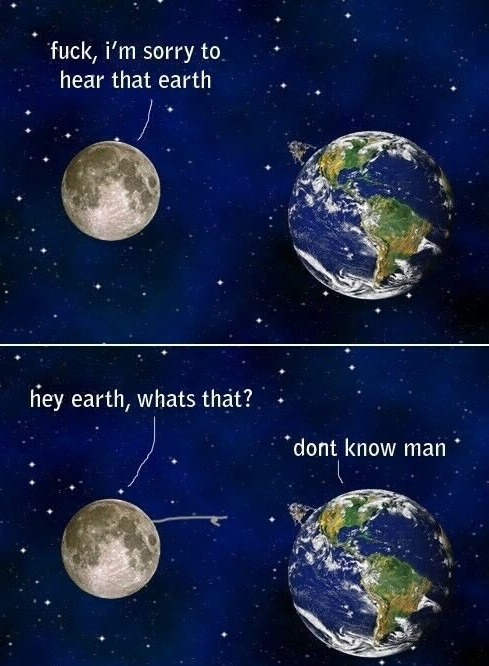
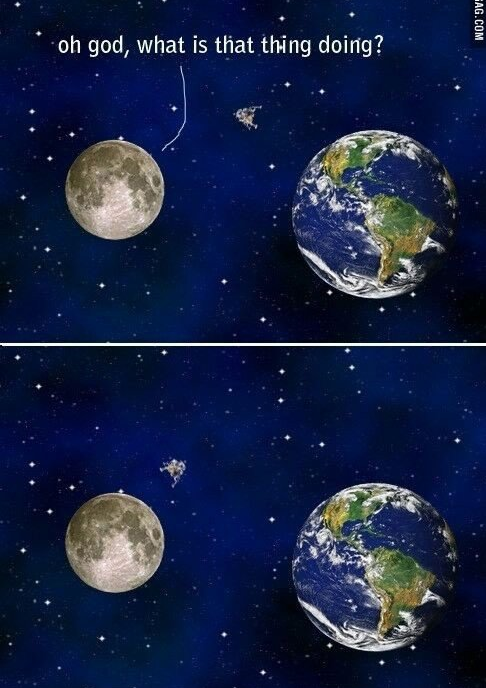
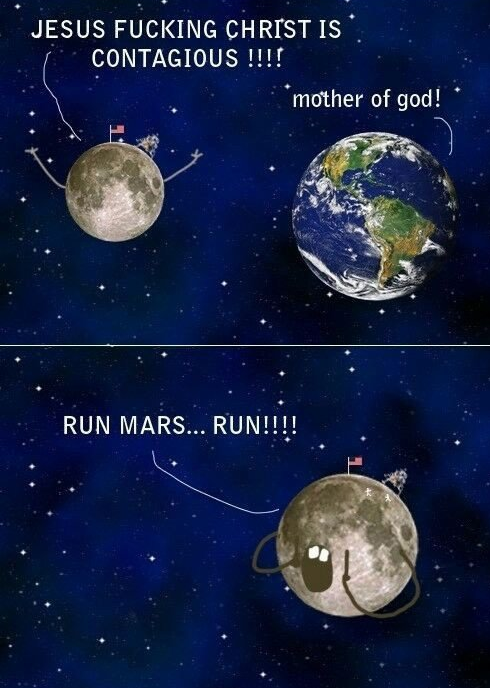
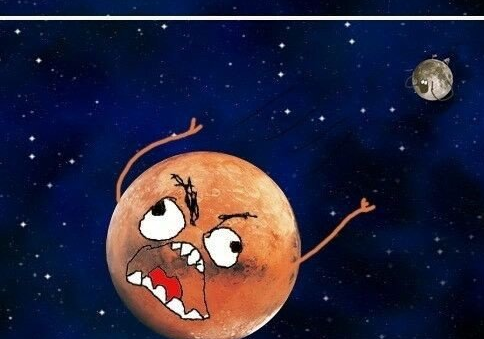
7 Things That Happen When You Go To Space
Told Through Astronaut Scott Kelly’s Tweets
Astronaut Scott Kelly is currently spending a year in space. Most expeditions to the space station last four to six months. By doubling the length of this mission, researchers hope to better understand how the human body reacts and adapts to long-duration spaceflight. During this one-year mission, Kelly is also participating in the Twins Study. While Kelly is in space, his identical twin brother, retired NASA Astronaut Mark Kelly, will participate in a number of comparative genetic studies.
Here are a few things that happen when astronauts go to the space station:
1. Your personal hygiene takes on a different form:


2. Sleeping arrangements might take some getting used to:



3. Internet services will remind you of the 90s:

4. You never have to do laundry:


5. You get to become immersed in a range of different cultures:

6. All of your water is recycled…yes…that means urine too:


7. You get to see the Earth like never before:



Follow Astronaut Scott Kelly’s Year in Space mission on Facebook, Twitter and Instagram.
Make sure to follow us on Tumblr for your regular dose of space: http://nasa.tumblr.com

“Zeno Effect” Verified: Atoms Won’t Move When They’re Being Watched
Remember playing Super Mario Bros. 3 as a kid (okay, maybe as an adult, too) and encountering Boos? The sneaky ghosts would only move when you weren’t watching them. Well, Cornell physicists proved that, much like the fictional enemies from the Mario universe, a quantum system can’t change while you’re watching it.
Learn about the physics behind the find: http://futurism.com/links/20727/




Today in the robot takeover: Disney has built a remote-control device that can climb walls while Singapore scientists created an eerie artificial being that can remember your past conversations (and may haunt your dreams.)

The First Robot Operated Hospital in North America Has Finally Opened
Hailed as the first fully digital hospital in North America, the Humber River Hospital in Toronto, CA finally opened its doors to the public on October 18. In addition to being equipped with the most advanced technologies, robots currently man several areas of the facility. This includes the radiology area where they facilitate the X-Ray procedure and the chemotherapy area where they mix, prepare, and monitor the drugs being administered to the patients. Before the drugs get to the patients, each package is checked and scanned thoroughly through an information management system to make sure that the patients get the correct treatment. These automated robots will also be assisting the health care staff by carrying and delivering medical supplies and food for patients.
Know more at: http://futurism.com/links/the-first-robot-operated-hospital-in-north-america-has-just-opened-its-doors/

Astronomers Have a New Tool in the Search For Habitable Exoplanets
The quest for habitable alien worlds may get a whole lot easier. http://futurism.com/astronomers-have-a-new-tool-in-the-search-for-habitable-exoplanets/

Staring at the sun does make you go blind. The lens in your eye concentrates the sun’s rays, which burn a permanent blind spot into your retina- just like ants under a magnifying glass. This effect is amplified during a solar eclipse.
It’s called solar retinopathy.
Source










Reid Wiseman is a national treasure. There are 46 more of these.
-
 fairytail-ship-obsessed liked this · 5 years ago
fairytail-ship-obsessed liked this · 5 years ago -
 mimovieluvr0216 liked this · 7 years ago
mimovieluvr0216 liked this · 7 years ago -
 clearsnowflake liked this · 8 years ago
clearsnowflake liked this · 8 years ago -
 best-hotels-posts reblogged this · 8 years ago
best-hotels-posts reblogged this · 8 years ago -
 pickk-me liked this · 8 years ago
pickk-me liked this · 8 years ago -
 mhallgath liked this · 8 years ago
mhallgath liked this · 8 years ago -
 sugarmoontangerine liked this · 8 years ago
sugarmoontangerine liked this · 8 years ago -
 yujiro023-blog liked this · 8 years ago
yujiro023-blog liked this · 8 years ago -
 merybowie-blog liked this · 8 years ago
merybowie-blog liked this · 8 years ago -
 missruckus liked this · 8 years ago
missruckus liked this · 8 years ago -
 tessalynn72-blog liked this · 8 years ago
tessalynn72-blog liked this · 8 years ago -
 johzyaz liked this · 8 years ago
johzyaz liked this · 8 years ago -
 nuderefsarebest reblogged this · 8 years ago
nuderefsarebest reblogged this · 8 years ago -
 carlosemiliopir liked this · 8 years ago
carlosemiliopir liked this · 8 years ago -
 alienfrauds liked this · 8 years ago
alienfrauds liked this · 8 years ago -
 konst65 liked this · 8 years ago
konst65 liked this · 8 years ago -
 nuderefsarebest liked this · 8 years ago
nuderefsarebest liked this · 8 years ago -
 analgesicsleep reblogged this · 8 years ago
analgesicsleep reblogged this · 8 years ago -
 nasauniversefan-blog liked this · 8 years ago
nasauniversefan-blog liked this · 8 years ago -
 flyingbanana45 liked this · 8 years ago
flyingbanana45 liked this · 8 years ago -
 erielthrym-blog reblogged this · 8 years ago
erielthrym-blog reblogged this · 8 years ago -
 mrchaoticftl-blog liked this · 8 years ago
mrchaoticftl-blog liked this · 8 years ago -
 cool-cat-felix-blog liked this · 8 years ago
cool-cat-felix-blog liked this · 8 years ago -
 calrhyo reblogged this · 8 years ago
calrhyo reblogged this · 8 years ago -
 thefourteenthdoctorr liked this · 8 years ago
thefourteenthdoctorr liked this · 8 years ago -
 fishbubbl3 liked this · 8 years ago
fishbubbl3 liked this · 8 years ago -
 daysofterroruponus reblogged this · 8 years ago
daysofterroruponus reblogged this · 8 years ago -
 predictivemarketing-blog liked this · 8 years ago
predictivemarketing-blog liked this · 8 years ago -
 curiositytherover reblogged this · 8 years ago
curiositytherover reblogged this · 8 years ago -
 unmightywaffle liked this · 8 years ago
unmightywaffle liked this · 8 years ago -
 vroomkat liked this · 8 years ago
vroomkat liked this · 8 years ago -
 iandallamba liked this · 8 years ago
iandallamba liked this · 8 years ago -
 saitamastamaticsoup reblogged this · 8 years ago
saitamastamaticsoup reblogged this · 8 years ago -
 cheezbot liked this · 8 years ago
cheezbot liked this · 8 years ago -
 k-120 liked this · 8 years ago
k-120 liked this · 8 years ago -
 estamosdentro reblogged this · 8 years ago
estamosdentro reblogged this · 8 years ago -
 sweetteadivination-blog liked this · 8 years ago
sweetteadivination-blog liked this · 8 years ago -
 kawaiimayhem170 reblogged this · 8 years ago
kawaiimayhem170 reblogged this · 8 years ago -
 psikh000 liked this · 8 years ago
psikh000 liked this · 8 years ago -
 bahbrino-blog liked this · 8 years ago
bahbrino-blog liked this · 8 years ago -
 nvilyv liked this · 8 years ago
nvilyv liked this · 8 years ago